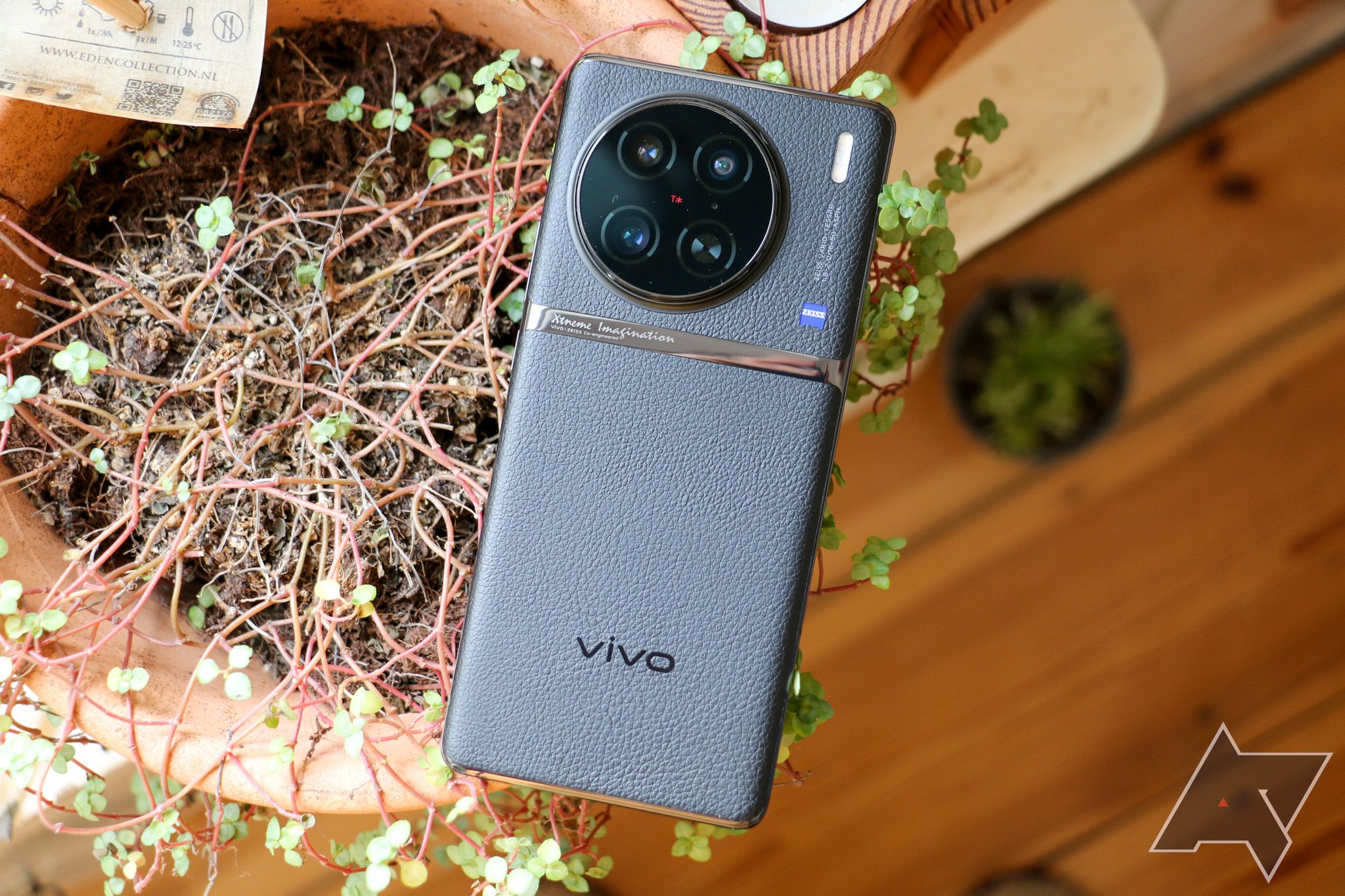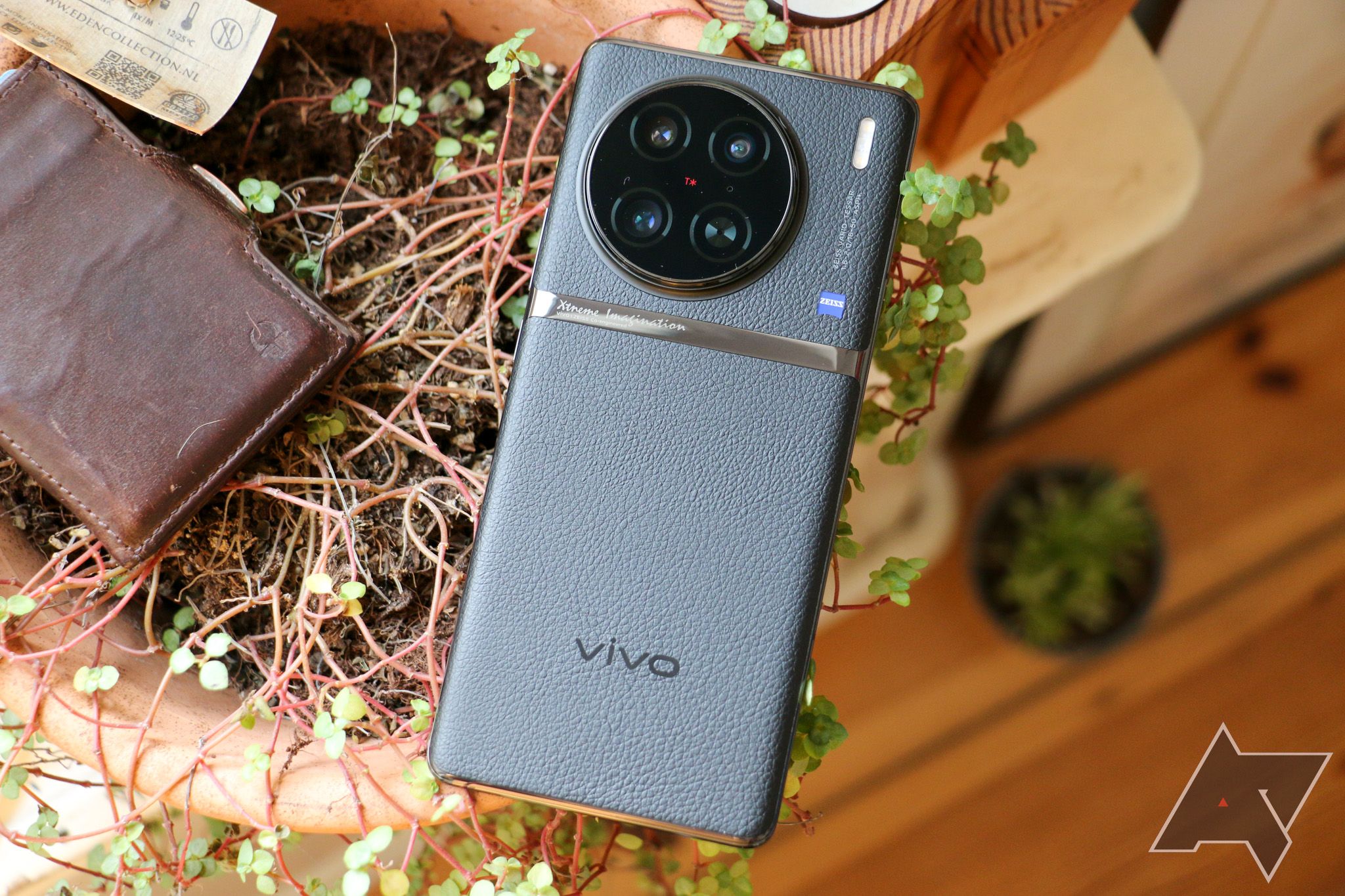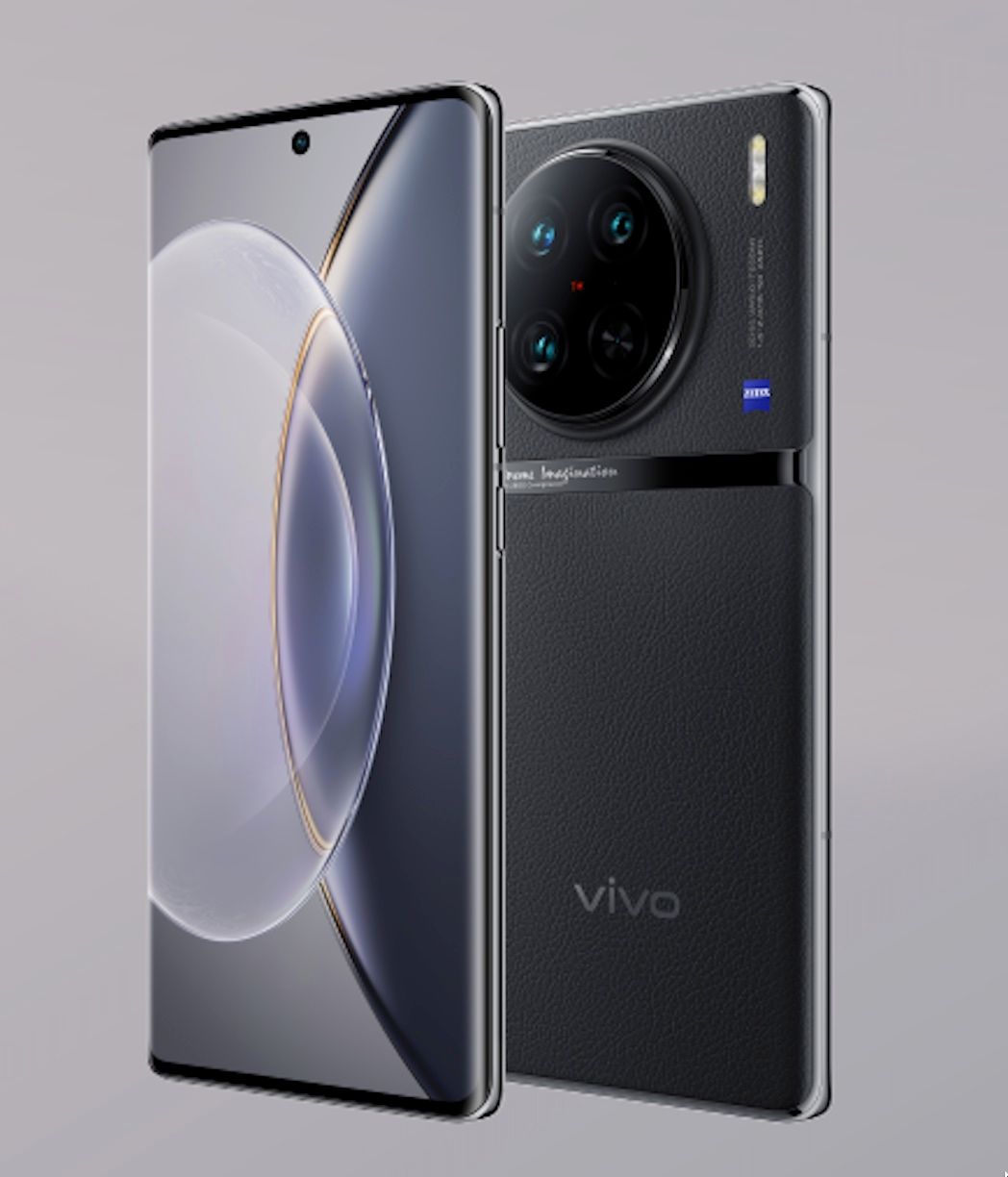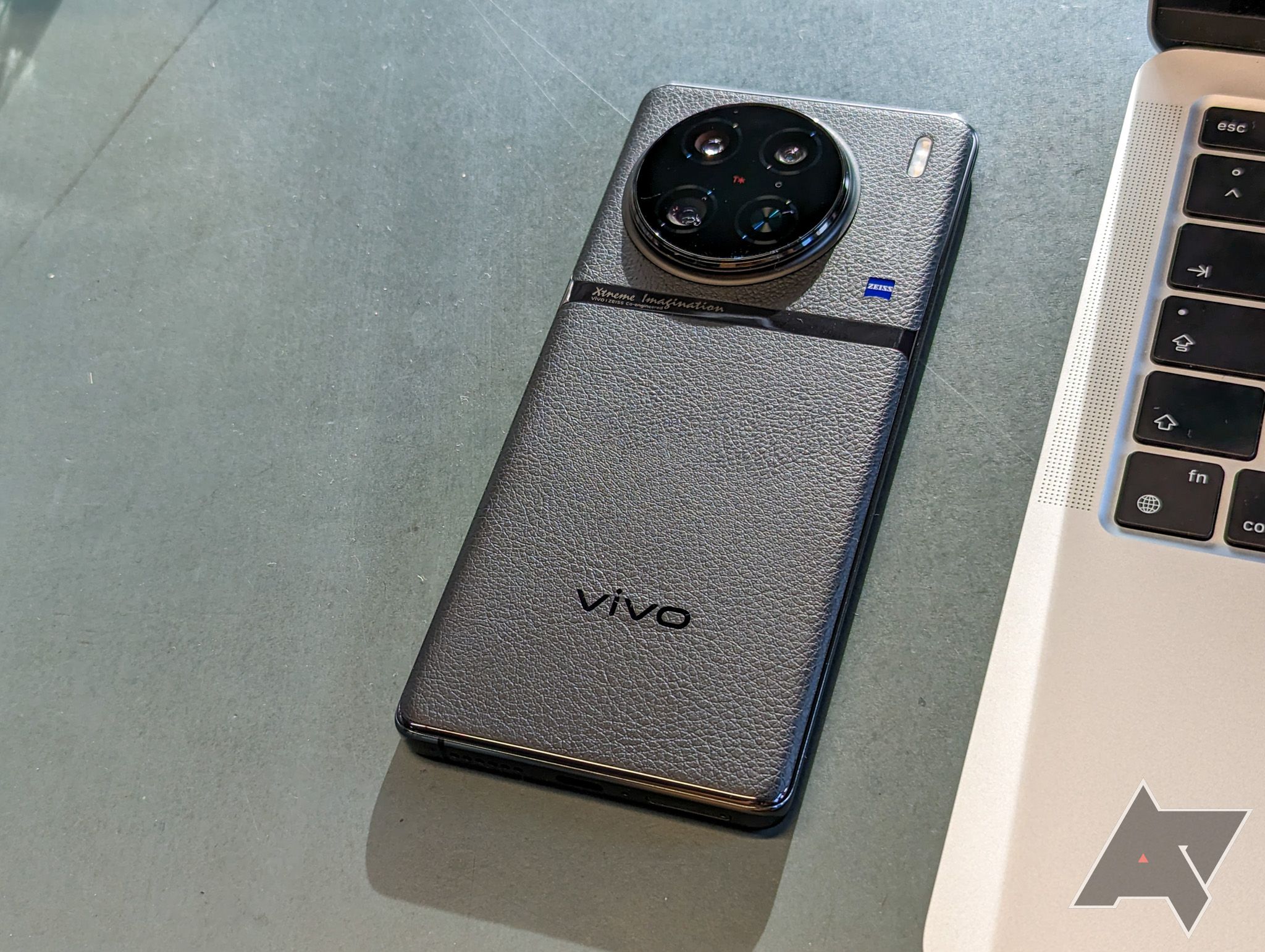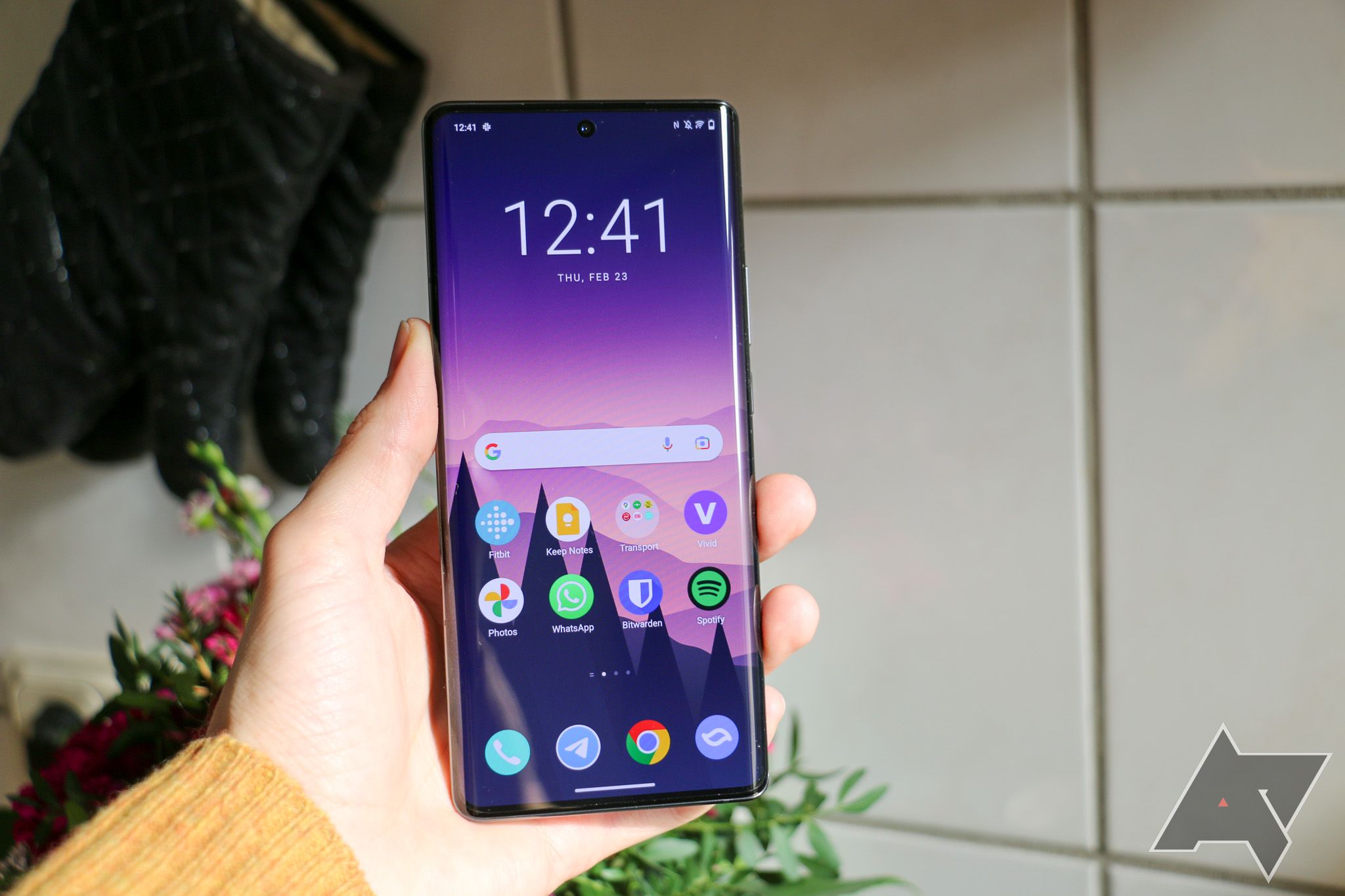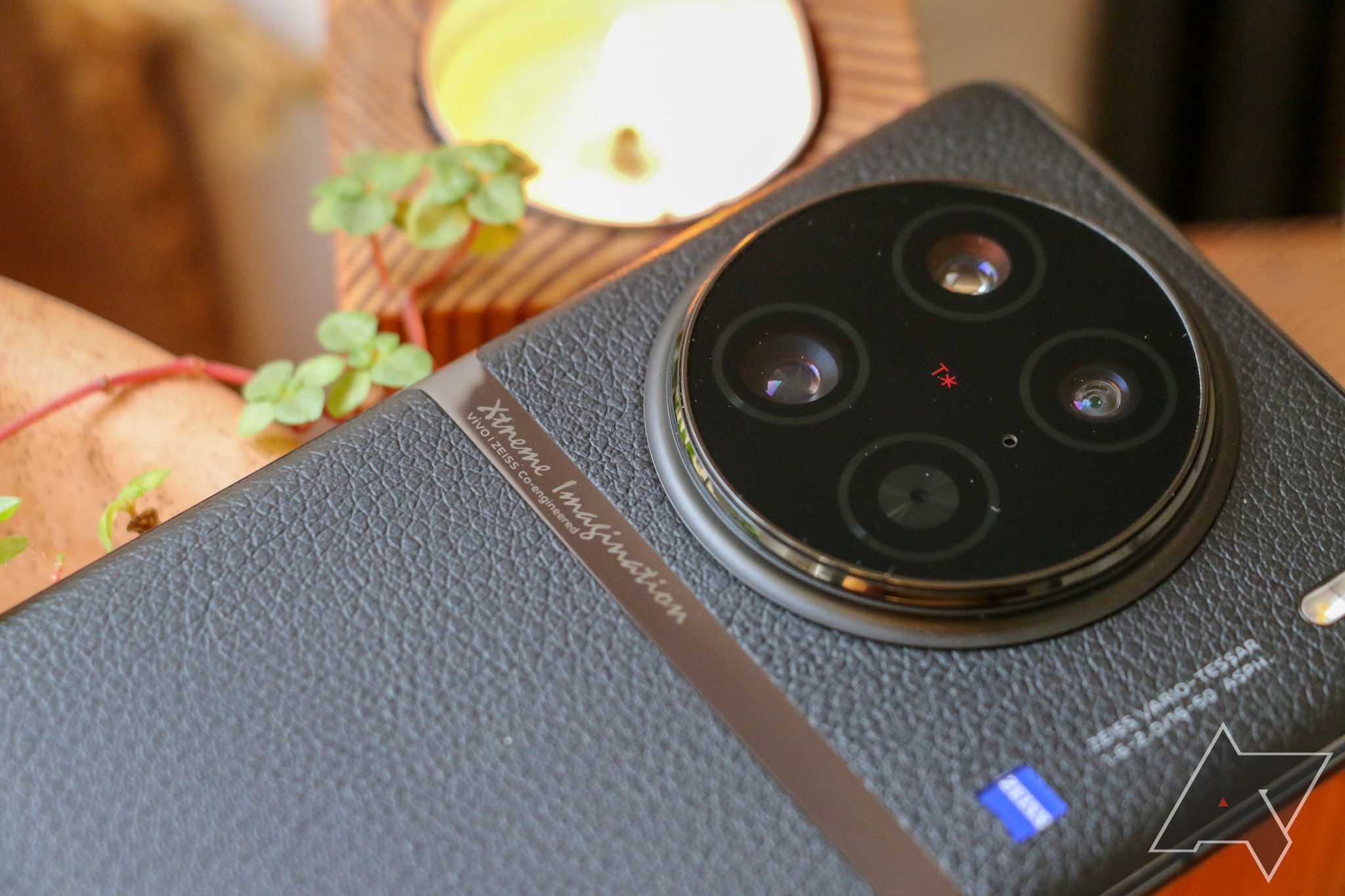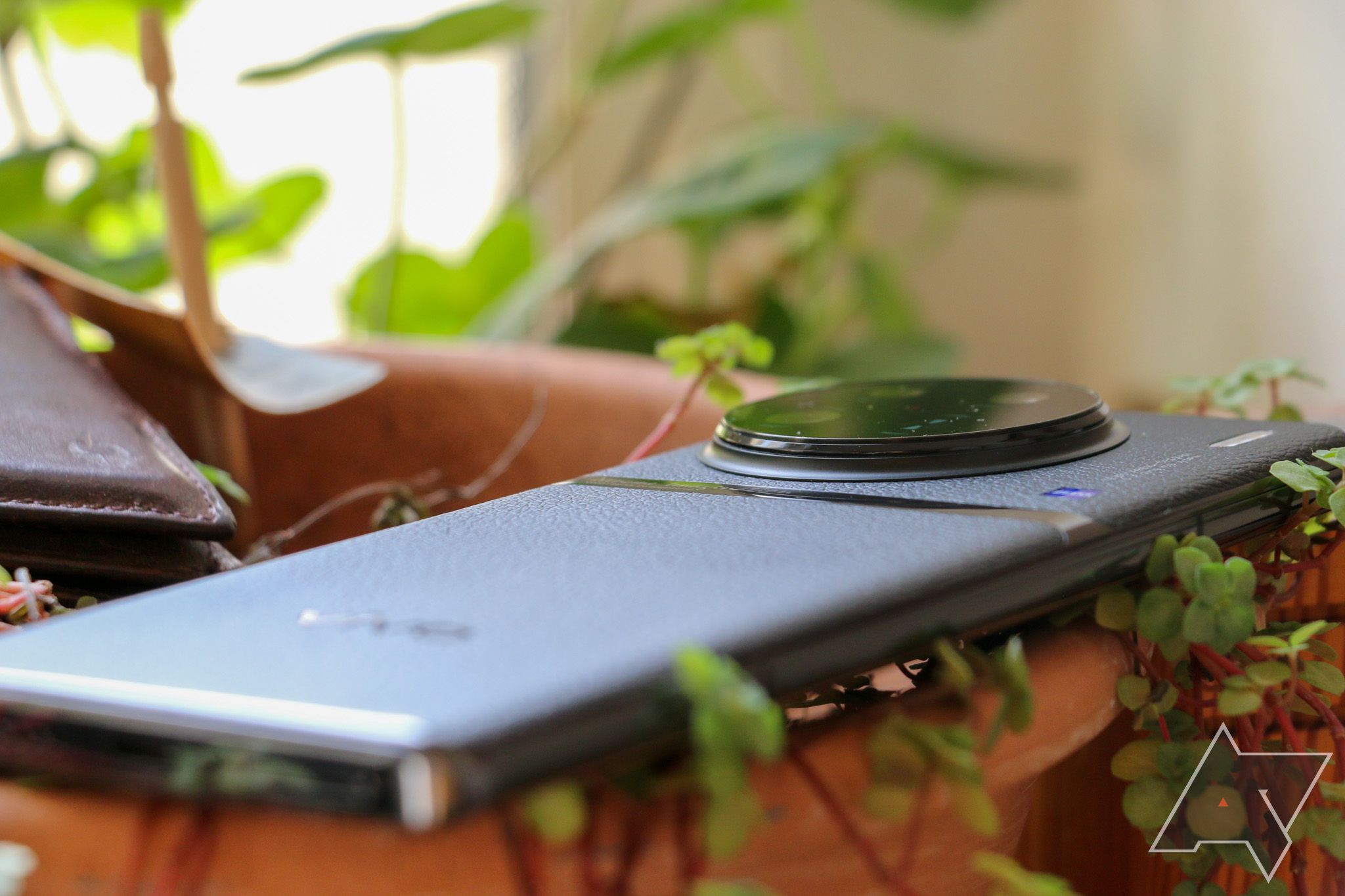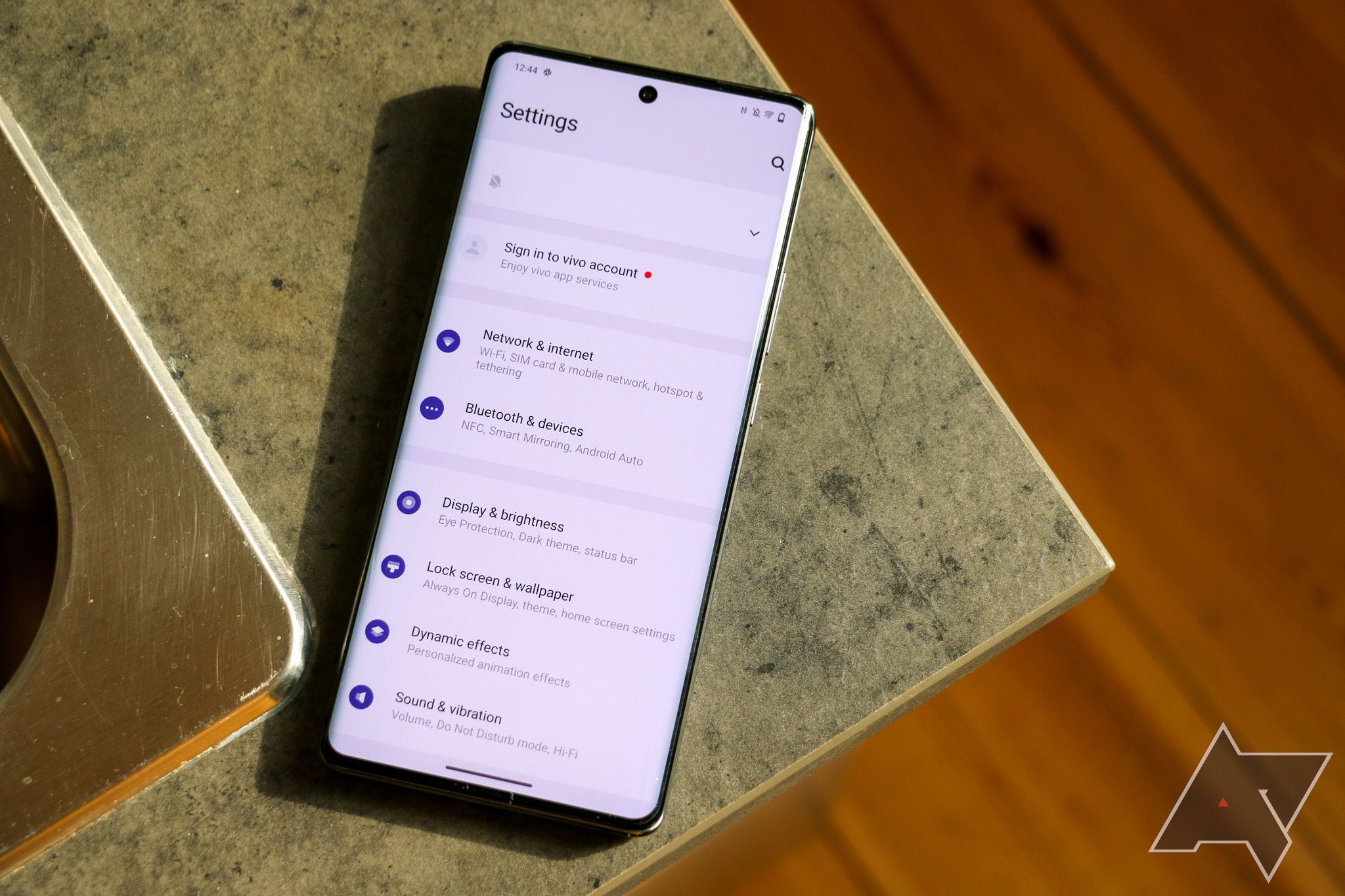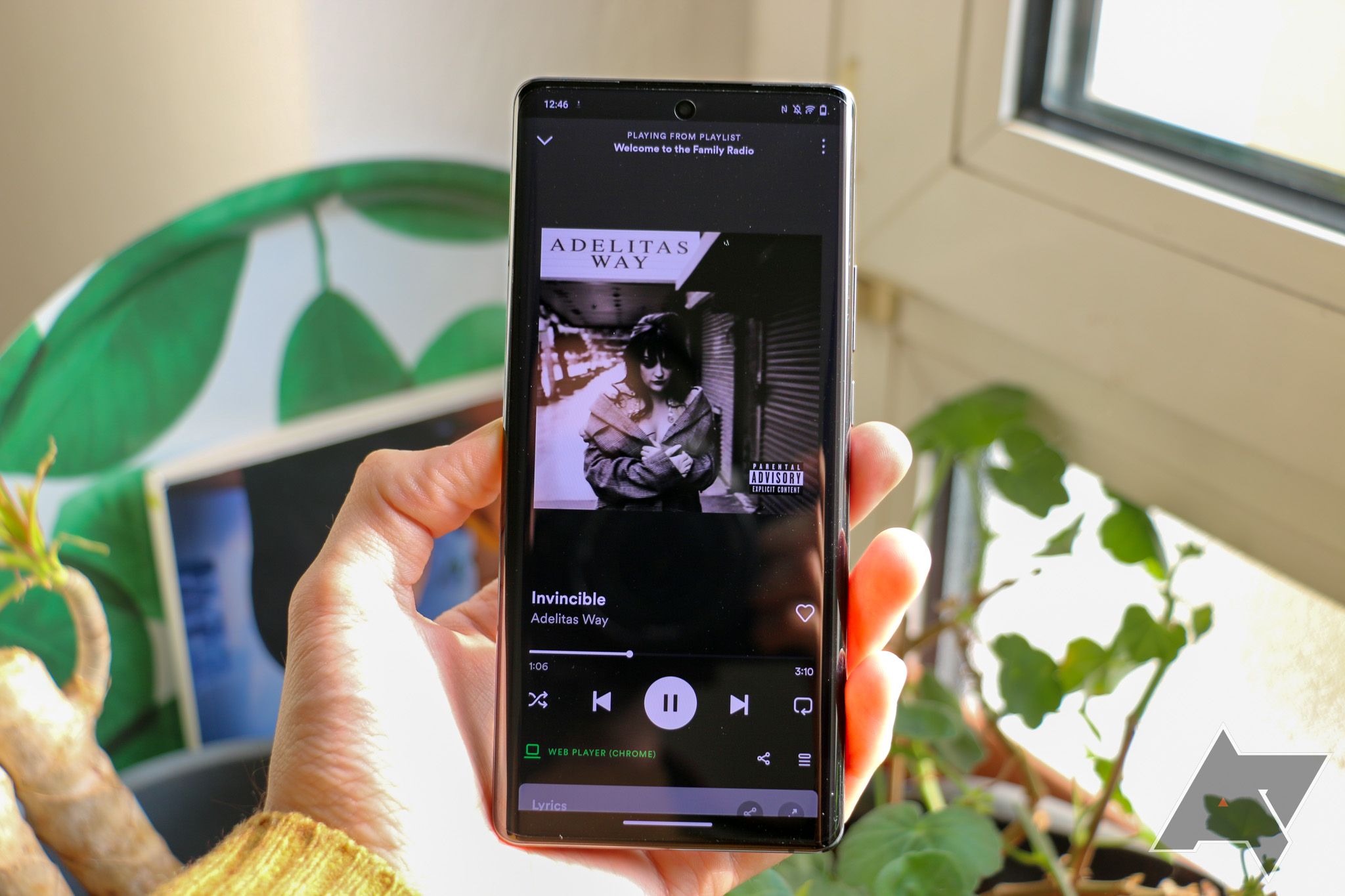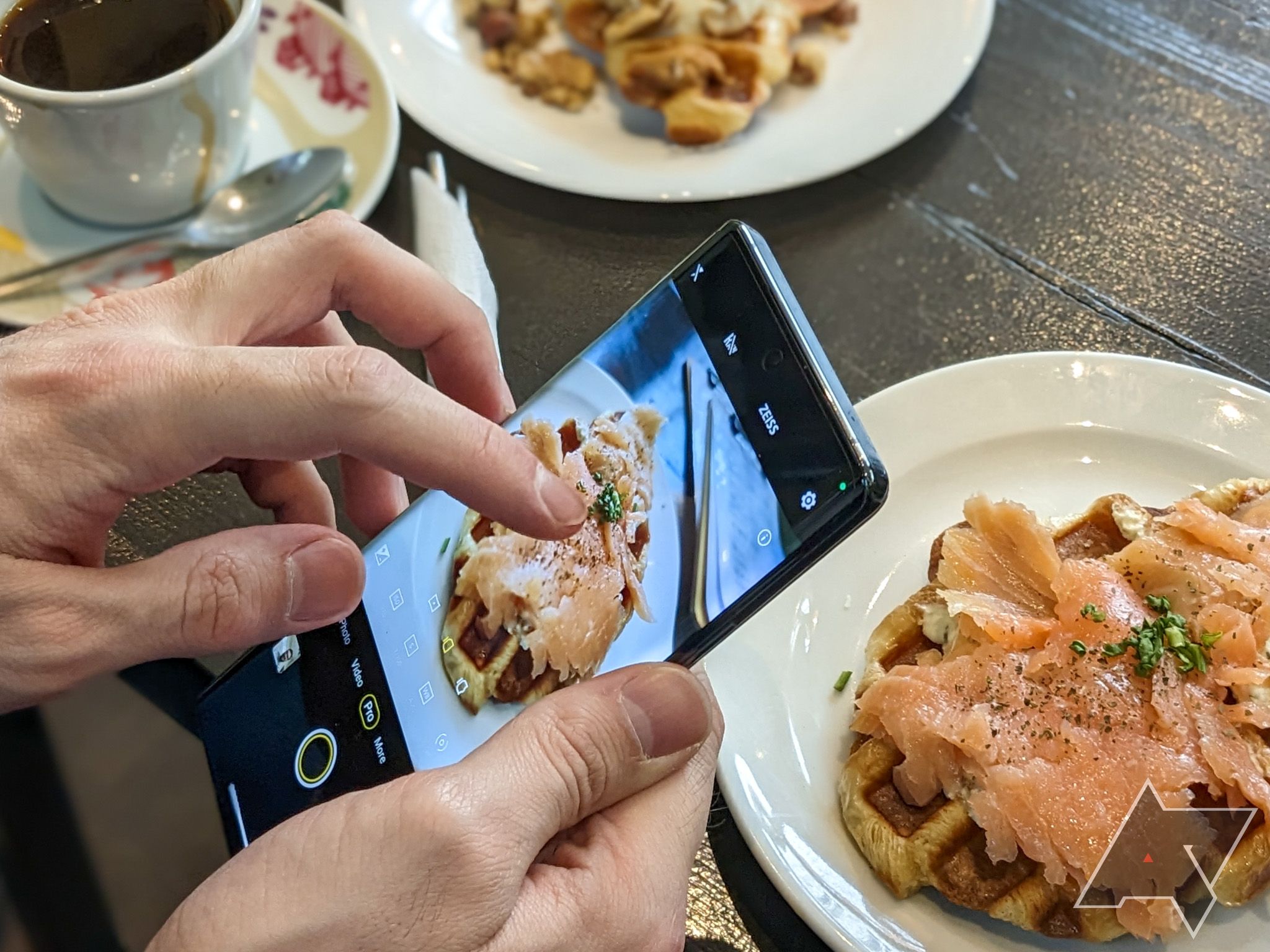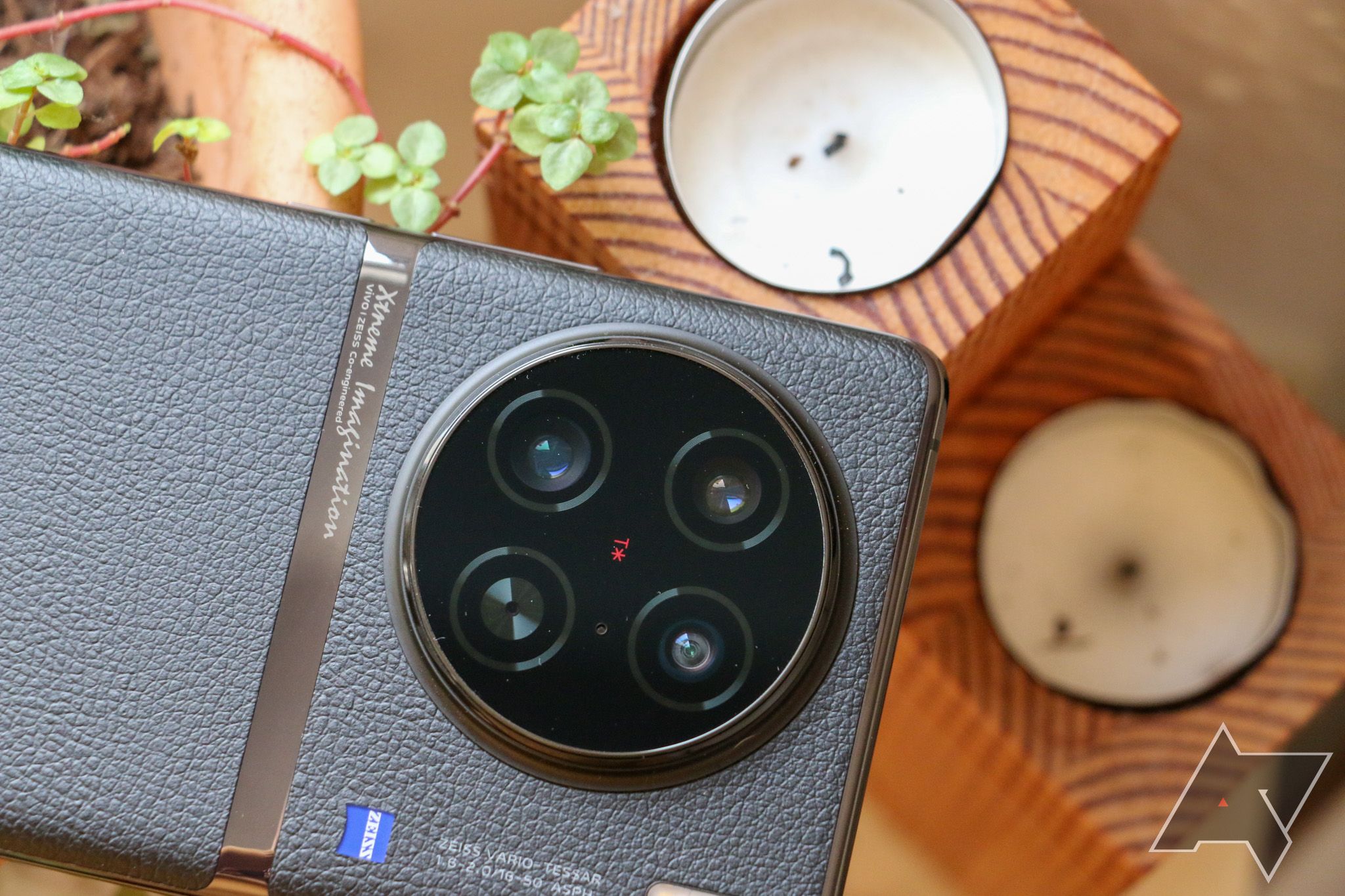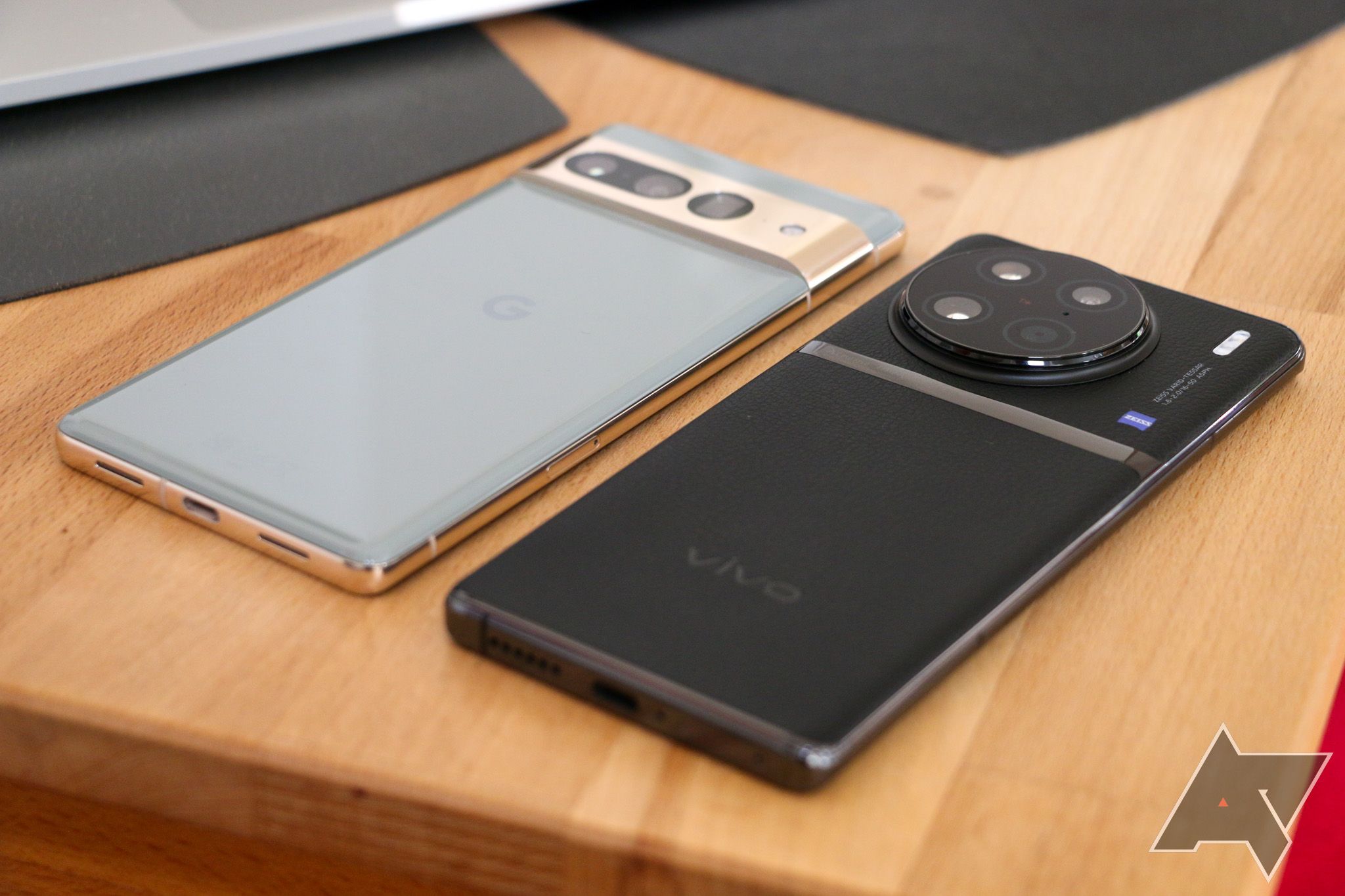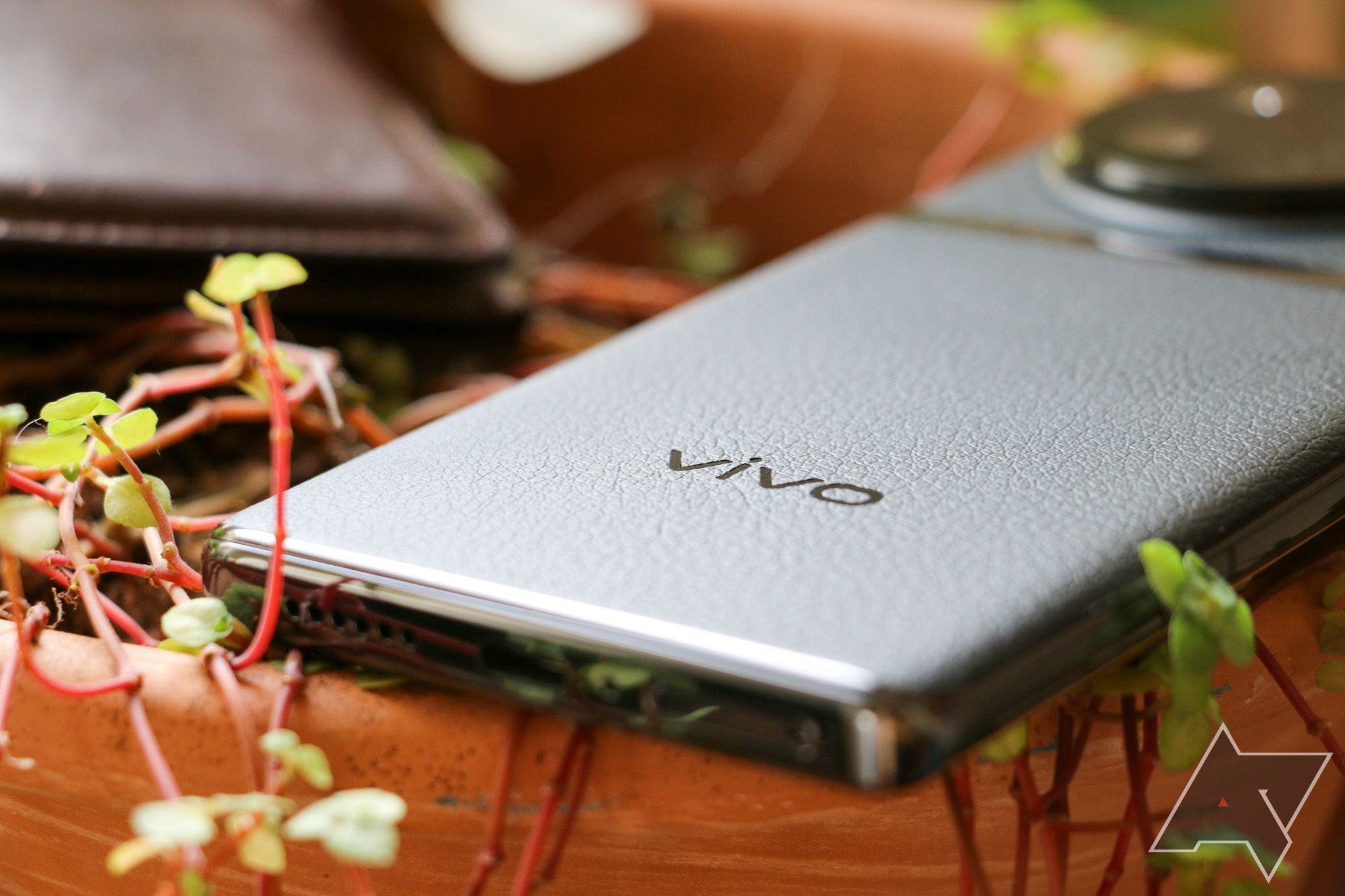Overshadowed by the launch event for the Samsung Galaxy S23 Ultra and its more affordable siblings, Vivo announced the global release of the Vivo X90 and X90 Pro in early February. We wouldn't blame you if you didn't take notice of this handset — after all, it's yet another Android phone that won't make its way to the US, just like the Xiaomi 13 Pro hasn't.
There are a few things that make the Vivo X90 Pro special and worth taking a look at, though. For starters, it's one of a few phones featuring Mediatek's top-of-the-line Dimensity 9200 processor, and it even comes with its own display and imaging co-processor, the Vivo V2. Even more interesting is the sensor used in its primary camera, Sony's hot one-inch IMX989, the biggest available in smartphones yet.
Vivo X90 Pro
Combined with Vivo's and Zeiss's imaging prowess, the Vivo X90 Pro is a photography beast that has us yearning for the IMX989 in more products; we can only dream that the Google Pixel 8 and 8 Pro will pick it up when they launch.
- SoC: MediaTek Dimensity 9200
- Display: 6.78" 120Hz OLED, 1260x2800, Q9
- RAM: 12GB
- Storage: 256GB
- Battery: 4870mAh
- Ports: USB Type-C
- Operating System: Funtouch OS 13 (Android 13)
- Front camera: 32MP
- Rear camera: 50MP primary (OIS, f/1.75), 50MP portrait (f/1.6), 12MP wide-angle (f/2.0)
- Connectivity: Wi-Fi, Bluetooth 5.3, 5G
- Dimensions: 164 x 74 x 9mm
- Colors: Vegan Leather Legendary Black
- Weight: 215g
- Charge speed: 120W wired, 50W wireless
- IP Rating: IP68 dust and water resistance
- Incredible primary camera
- Beautiful and unique design that fits well in your hands
- Charges from 0 to 100 in 30 minutes
- Buggy software
- Hardware regressions compared to predecessor
- Less versatile camera setup than predecessor
Price and Availability
The biggest caveat of the Vivo X90 Pro is that it's not available in the US unless you're willing to import it. The X90 Pro is officially only available in Hong Kong, Taiwan, India, Thailand, and Malaysia. In Europe, the Vivo X90 Pro will be available in a number of countries, including Germany, with availability expected by the end of March 2023. In Malaysia, the Vivo X90 Pro is 5,000 Malaysian Ringgit, which is about $1,110 or €1,050 — right up there with Samsung, Apple, and Google's premium offerings.
The model we're reviewing here is the global version, which is the one to consider if you want to import it. According to Kimovil, the X90 Pro is compatible with US carrier bands, although your carrier may have additional blocks in place for hardware not officially sold in the US.
Design and display
The Vivo X90 Pro's design manages to stand out from the crowd. It's available in a black or red vegan leather finish on the back, which I wasn't initially convinced was a good idea. However, the back is definitely one of the least fingerprint-y I've ever experienced, and it offers a better grip than a glass finish ever could. You'll also instantly notice the huge round camera array at the top, making the Vivo X90 Pro look like the legendary Nokia Lumia 1020. (Is it a camera or a smartphone?)
The design provides an evenly curved front and back experience, with a severely curved screen that the rest of the industry is moving away from. If you’re looking for a phone with a large screen that’s still easy enough to grip in one hand, then the X90 Pro isn’t necessarily a bad thing. The display is a 6.78-inch 120Hz OLED screen capable of up to 2800x1260 pixels, with 1080p by default.
The curved screen isn't without disadvantages. For instance, it catches light reflections far more easily than flat screens, and it loses a bit of its color accuracy on the sides when you look at it top-down. It also makes some interface elements harder to reach in a few apps and websites with buttons so far to the side that they're on the curved part of the display.
The Vivo X90 Pro's hardware design might be beautiful, but there are some elements that I just don't understand. For example, a small glass or plastic divider just below the camera bump separates the bottom of the phone from the top. It comes with a tacky "Xtreme Imagination — Vivo Zeiss Co-engineered" slogan in the most horrible handwriting font imaginable. The slogan gets even more insufferable when you realize the Zeiss logo already has a prominent spot to the camera's right. The divider is also the single space on the back that collects fingerprints like crazy.
Overall though, the textured leather back and the curved screen achieve what they set out to do: make the phone narrow and easy to hold on to. This is the least concern I've felt about dropping a phone without a case in a long time.
Hardware and battery life
Mediatek's flagship Dimensity 9200 processor is undeniably the centerpiece of the Vivo X90 Pro, and it's accompanied by the company's custom V2 imaging chip. The chip is responsible for taking some load off the Mediatek processor in the video and photo processing department and in driving the display. There's also 12GB of RAM and 256GB of storage.
The Vivo X90 Pro's best feature is probably its fast charging, and it offers a compatible charger right in the box. At 120W, the X90 Pro can give you a full charge in less than 30 minutes, which we can confirm based on our tests. Thanks to its dual-battery architecture consisting of two small batteries, the phone doesn't get unreasonably hot in the process, either. If you're still concerned about longevity, an optional toggle in Settings lets you turn off fast charging. If you get a compatible wireless charger, you can also go up to 50W here.
Once topped up, the battery is good for a day and then some when it comes to mixed everyday usage such as music and video streaming, bits of navigation, and a lot of scrolling and surfing the web. The only thing lacking is the relatively poor standby battery life, which is surprising given how aggressively the phone kills tasks in the background.
Compared to its predecessor, the Vivo X80 Pro, there are a few regressions. Vivo opted for an optical fingerprint sensor rather than Qualcomm's impressive third-generation 3D Sonic Max sensor that the company used on last year's model. Apart from not blinding you with a bright light at night (which optical sensors must do to identify fingers), the sensor also had a few good tricks up its sleeve, like the option to launch user-selectable apps when you touch certain parts of it. It also offered a one-tap enrollment, which the optical sensor sadly doesn't. That said, the optical sensor in the Vivo X90 Pro isn't bad — it's reliable and fast, and that's the most important thing.
Apart from this, we're also looking at a pixel reduction, with the Vivo X80 Pro offering a 3200 x 1440 display while the X90 Pro sticks with 2800 x 1260. Vivo claims this downgrade is a fault of market research. But honestly, you'll be hard-pressed to see a difference on screens as small as these.
Software and performance
The Vivo X90 Pro's Funtouch OS 13 (based on Android 13) aggressively kills background tasks when not in use, leading to unintended behavior. It's annoying enough when this kills and reloads an article I was reading in Chrome or when Sync, my favorite Reddit app, throws me all the way back to the top of a thread I was following mere minutes ago. What's worse is that this also applies to navigation apps. For example, rather than keeping your current route in memory, multiple navigation apps will restart to their home screens while figuring out when to change or where my stop is.
These issues can be fixed by setting apps to Don't restrict background power usage in the battery system Settings, but this is a workaround you shouldn't have to deal with on a phone with 12GB of RAM and a 4,700mAh battery that can be fully charged in 30 minutes.
Another annoyance is Funtouch OS's initial refusal to work with my password manager's autofill capabilities. I tried setting up both Bitwarden and 1Password with Android's native autofill option, but after a few minutes, the option to use autofill would disappear. Once I re-enabled autofill in Settings, it would work again, but it wouldn't stick for more than a few minutes. This problem also affected Bitwarden's legacy accessibility autofill option, which was inexplicably turned off by the system after a few minutes. After I confronted Vivo with the issue, the company recommended setting Bitwarden to the Don't restrict background power usage option. Once I did that, both Android autofill and the accessibility service started working.
Vivo, seriously, you can't expect the majority of your customers to fiddle with your OS long enough to spot something like this. Most people will just think the app or phone is broken.
A quick glance at Don't kill my app reveals that Vivo isn't the only or even the worst offender when it comes to killing background services. However, I haven't run into any other phone that outright breaks autofill unless you flip on some seemingly unrelated option in Settings.
I also ran into some performance issues. Despite the exorbitant amount of RAM and a top-of-the-line processor, the phone would sometimes inexplicably slow down and barely react to input. I made a screen recording of one such instance, where tapping a link or hitting an icon would be followed by seconds of waiting before the phone reacts. When the Vivo X90 Pro isn't suffering through this problem, it's decently fast and responsive. The Mediatek flagship processor and the screen with the fast refresh rate make it fly, but be prepared for these inexplicable slowdowns.
With these big problems out of the way, Funtouch OS is okay. It offers Material You theming for home screen icons, the system interface, and apps, as all Android 13 phones should. It also doesn't change much about Android just for the sake of being different. When you switch from Samsung or Google, you shouldn't have difficulty navigating the interface. The UI is also clearly related to Oppo's Color OS, given that Vivo is part of the same BBK Electronics empire. This makes switching between Vivo, Oppo, OnePlus, and iQOO phones easy.
There are also some neat additions in Funtouch OS that I would love to see in more Android phones. For example, you can clone some apps and log into multiple accounts at once; there is a handy three-finger gesture to start split-screen multitasking; and there are quite a few customization options beyond Material You.
Cameras
Let's move on to the most interesting part of this phone: The camera. Vivo and German photography expert Zeiss collaborated closely to create the camera system. You'll find these cameras on the back: Sony's excellent 50MP IMX989 with a 1-inch big sensor, another 50MP IMX758 portrait lens that offers a 2x optical zoom compared to the primary one, and a 12MP wide-angle camera. On the front, you'll find a 32MP selfie shooter in a centered punch hole. However, in contrast to the X80 Pro, the phone doesn't offer a periscope camera or any zoom camera beyond 2x.
When you first start with the camera, you'll run into a few problems. By default, the software will add a watermark to your shots, making sure everyone you share images with knows that you took them with the Vivo X90 Pro. You can turn this off in Settings, but it should be off by default. When you get started with portrait mode or with selfies, you should also disable the beauty mode that the camera suggests you use. Otherwise, you'll end up with unrealistic smoother-than-life faces that set a false beauty standard. Personally, I would also disable mirrored selfies in Settings, but that's a matter of taste.
With that out of the way, the camera makes for a great experience. The best part is the Zero Shutter Lag, which does exactly what you think it would. In contrast to many competitors — including the Galaxy S23 Ultra — the Vivo X90 Pro is capable of capturing shots the moment you tap the shutter button, making you confident that you won't miss that one moment that you want to capture. This only works with ample light, though. For darker scenes, the camera needs to capture some extra light after you hit the shutter button, which is to be expected.
The 1-inch primary sensor makes it possible to create much more professional-looking photos. It has a natural depth-of-field effect that blurs the background, allowing for stunning images. The portrait camera is equally great, though when you use it in portrait mode, it's assisted by software bokeh rather than relying only on hardware. Both of these cameras offer optical image stabilization that's visible to the naked eye. When you carefully move the phone up and down while using the camera, you'll see the lenses trying to even out the movements.
One thing is even more significant: The Vivo X90 Pro is the first phone camera I feel can confidently replace my DSLR for product photography. Thanks to its big sensor and the natural bokeh, it gives the look I expect to see from product photography for Android Police. In a quick mock photoshoot of the iPhone 13 and some more photos I used for our Honor Magic Vs review, you'd be hard-pressed to notice that these are any different from the quality we usually strive to provide.
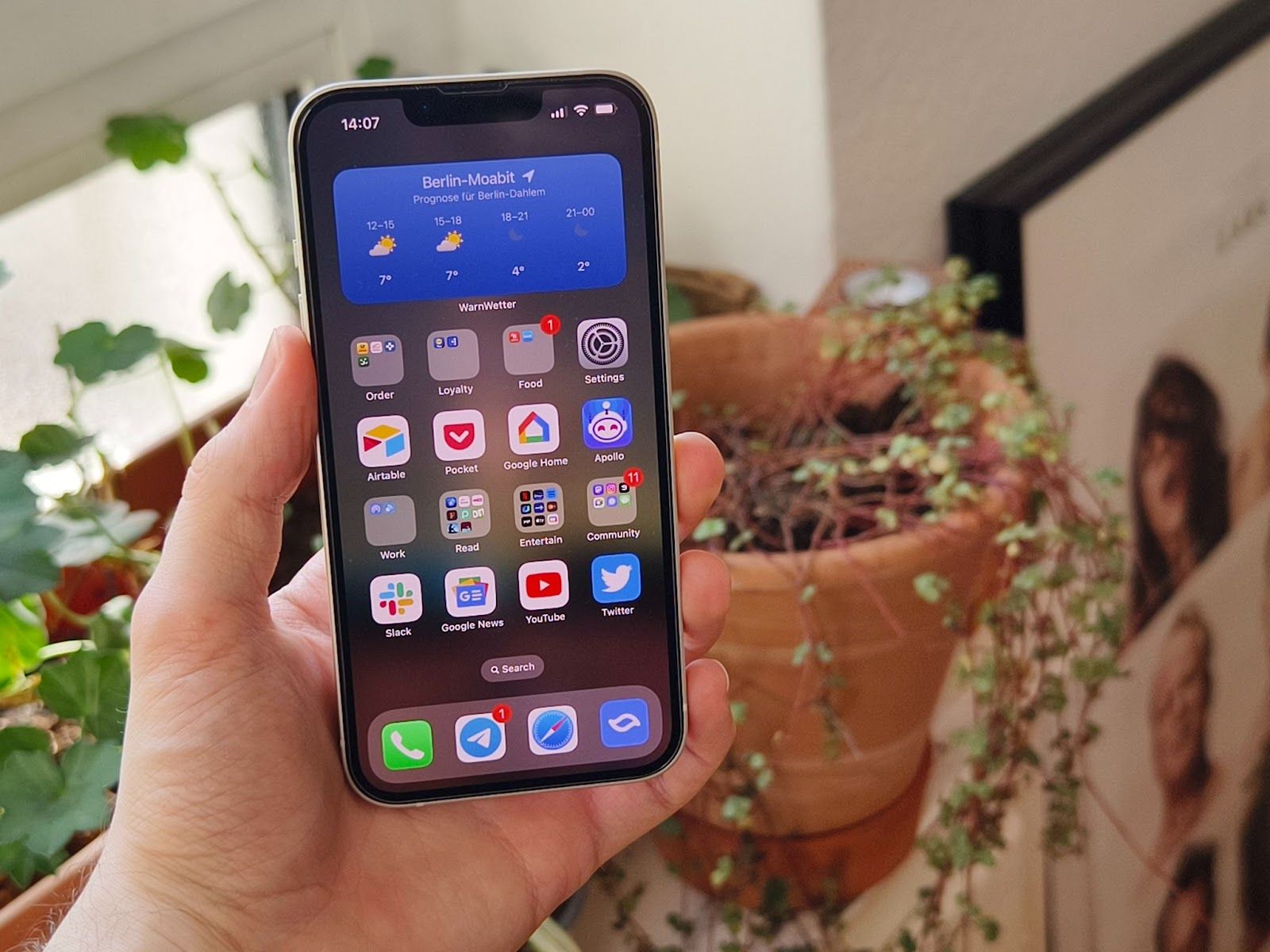
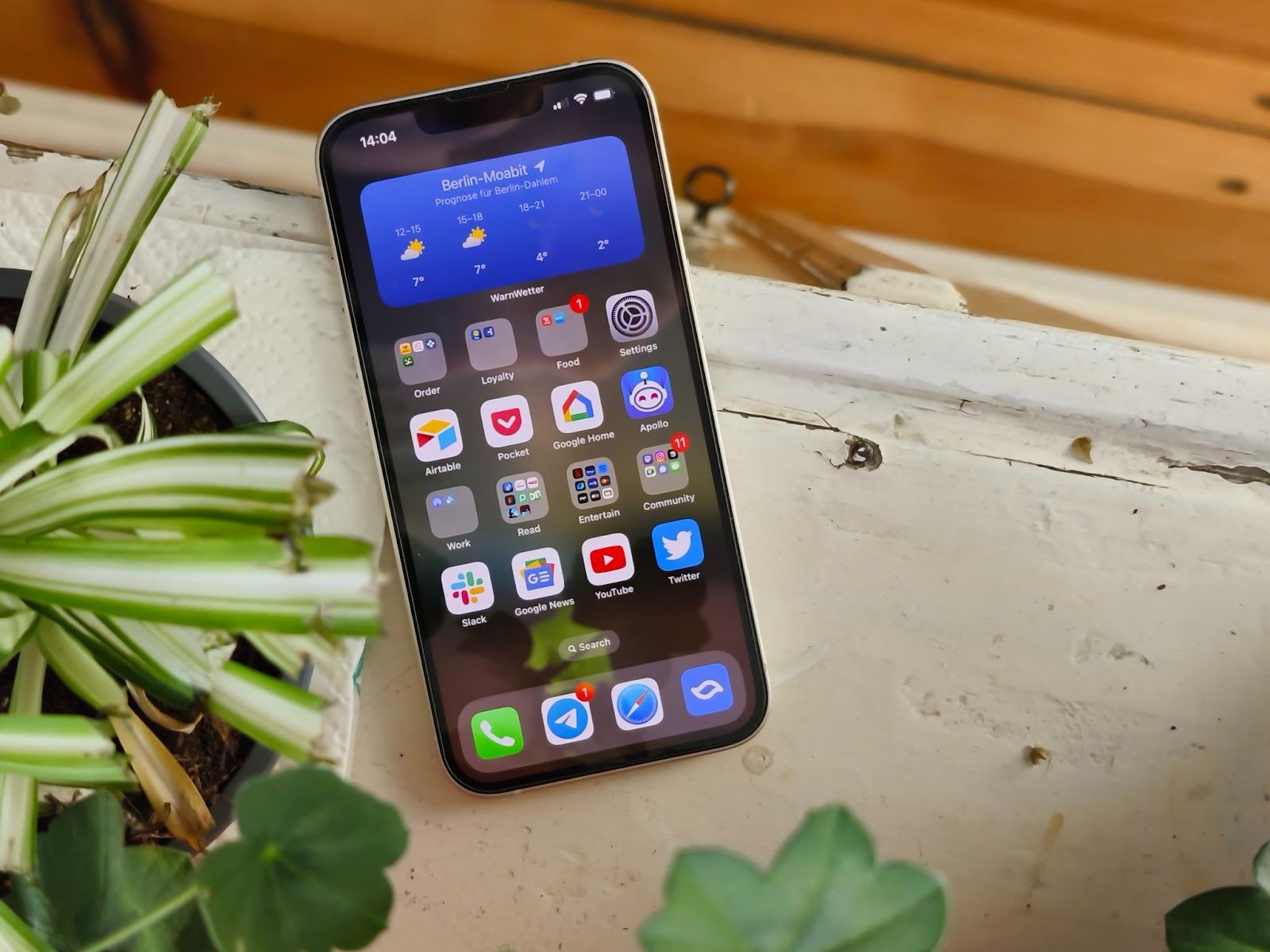
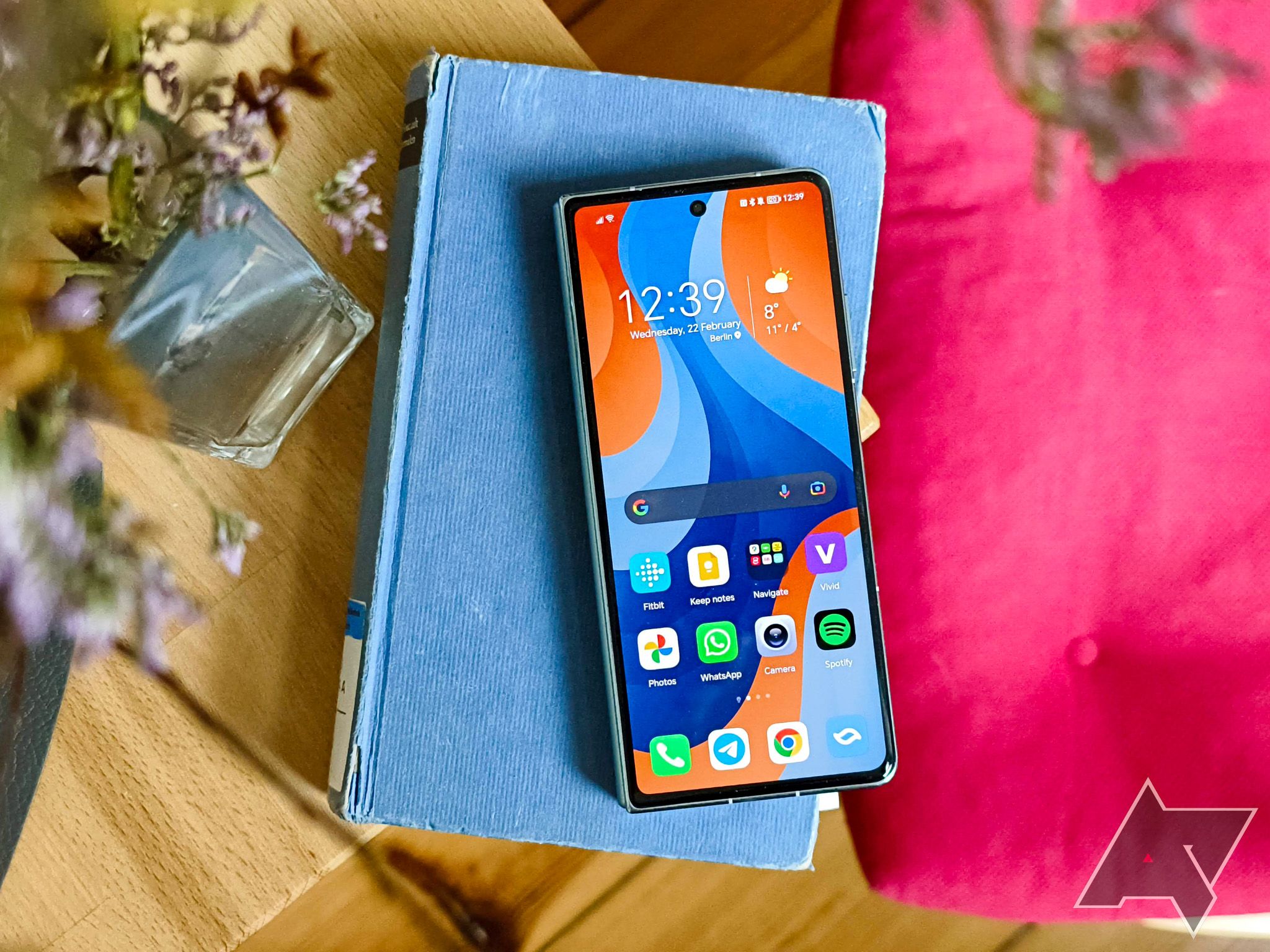
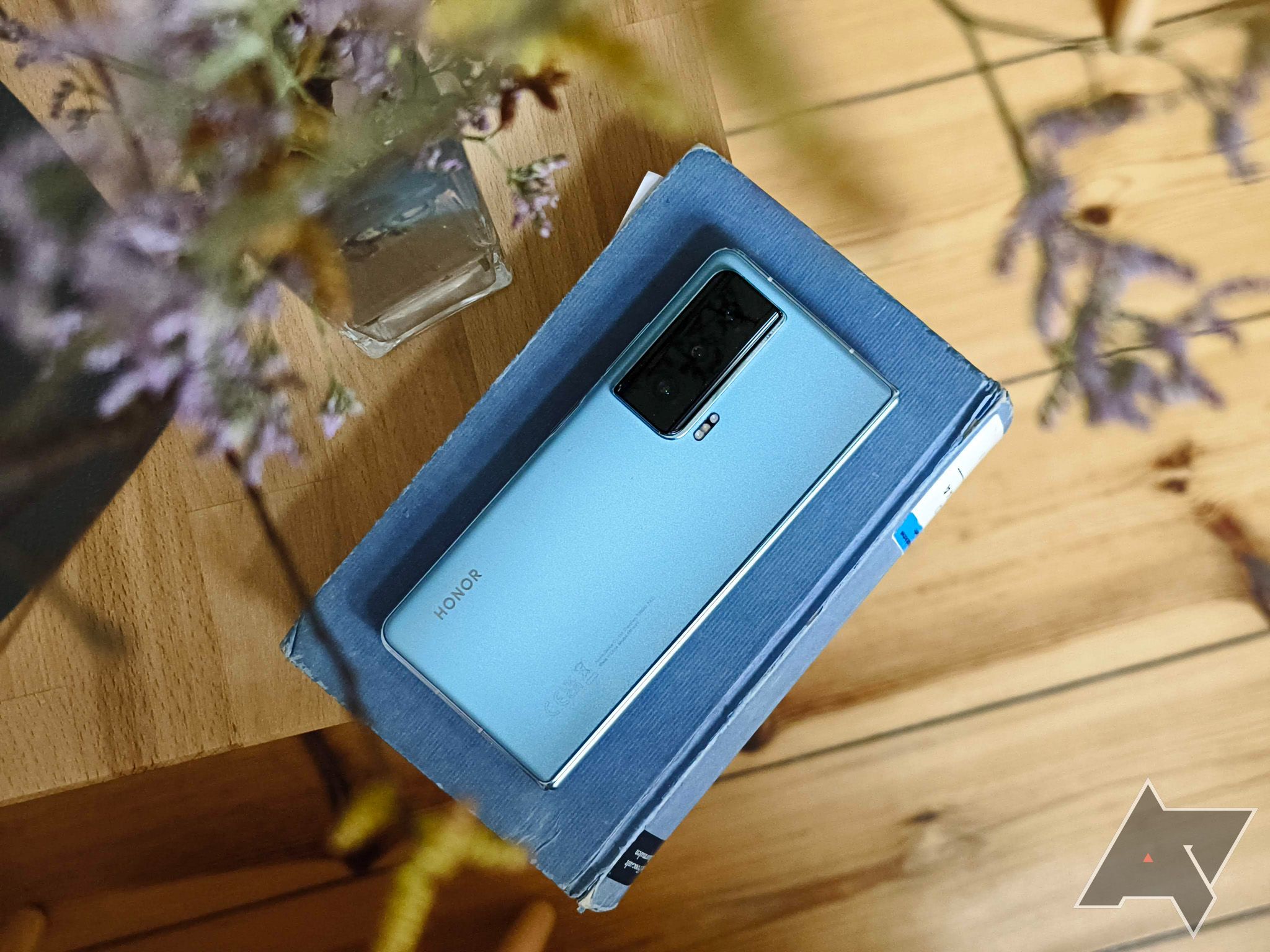
Night mode is another strength of the Vivo X90 Pro. Like what Google did when it upgraded capture speed between the Google Pixel 6 and the Pixel 7, the Vivo X90 is blazing fast at capturing light in impossibly dark scenes. You can use the phone's dedicated night mode to capture ever-so-slightly more light or the standard photography option, which offers some automatic compensation for bad lighting. On top of that, Vivo offers some extra smarts, such as a night sports mode that prioritizes quick and blur-free capturing over excessive noise reduction.
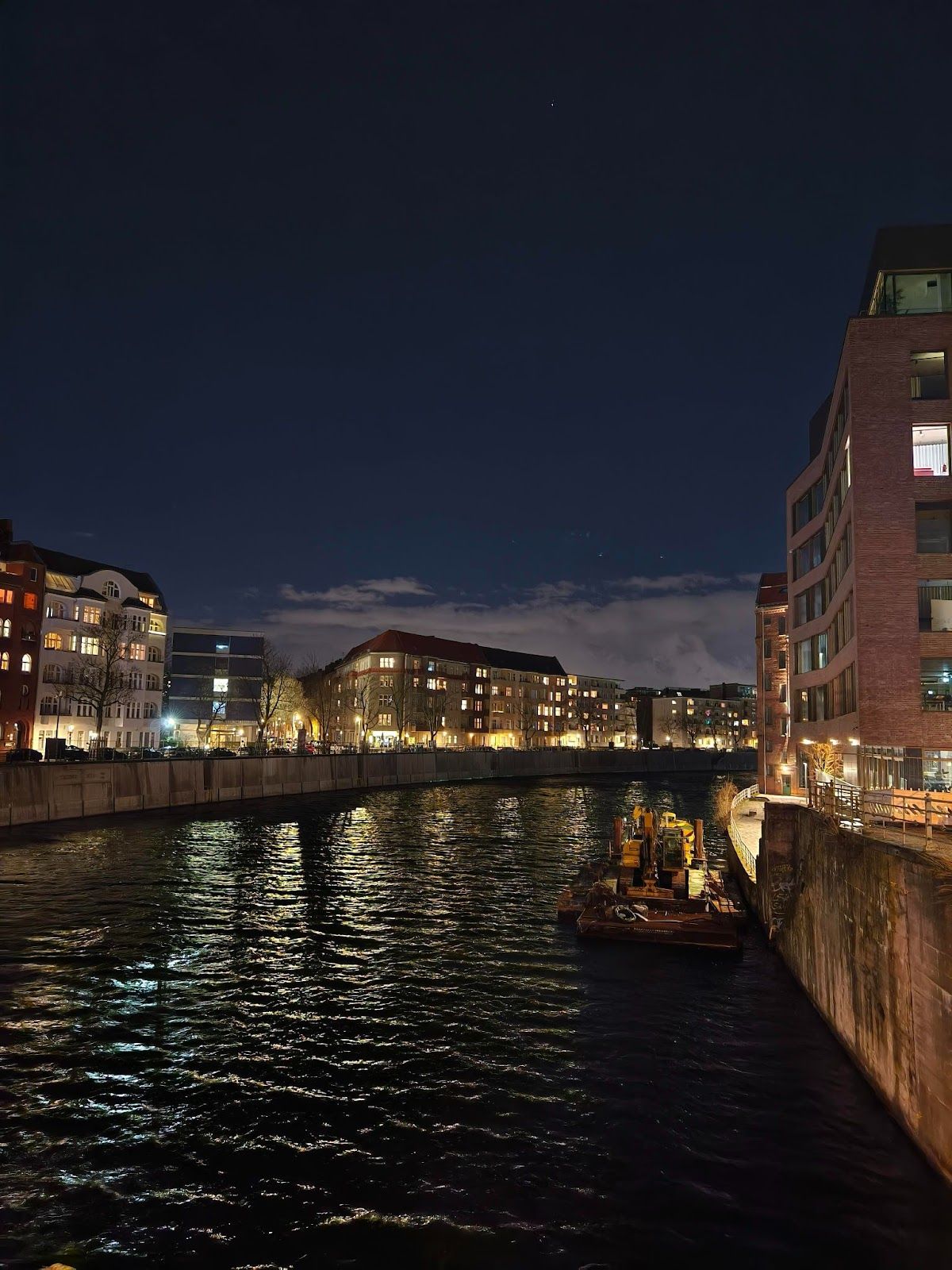

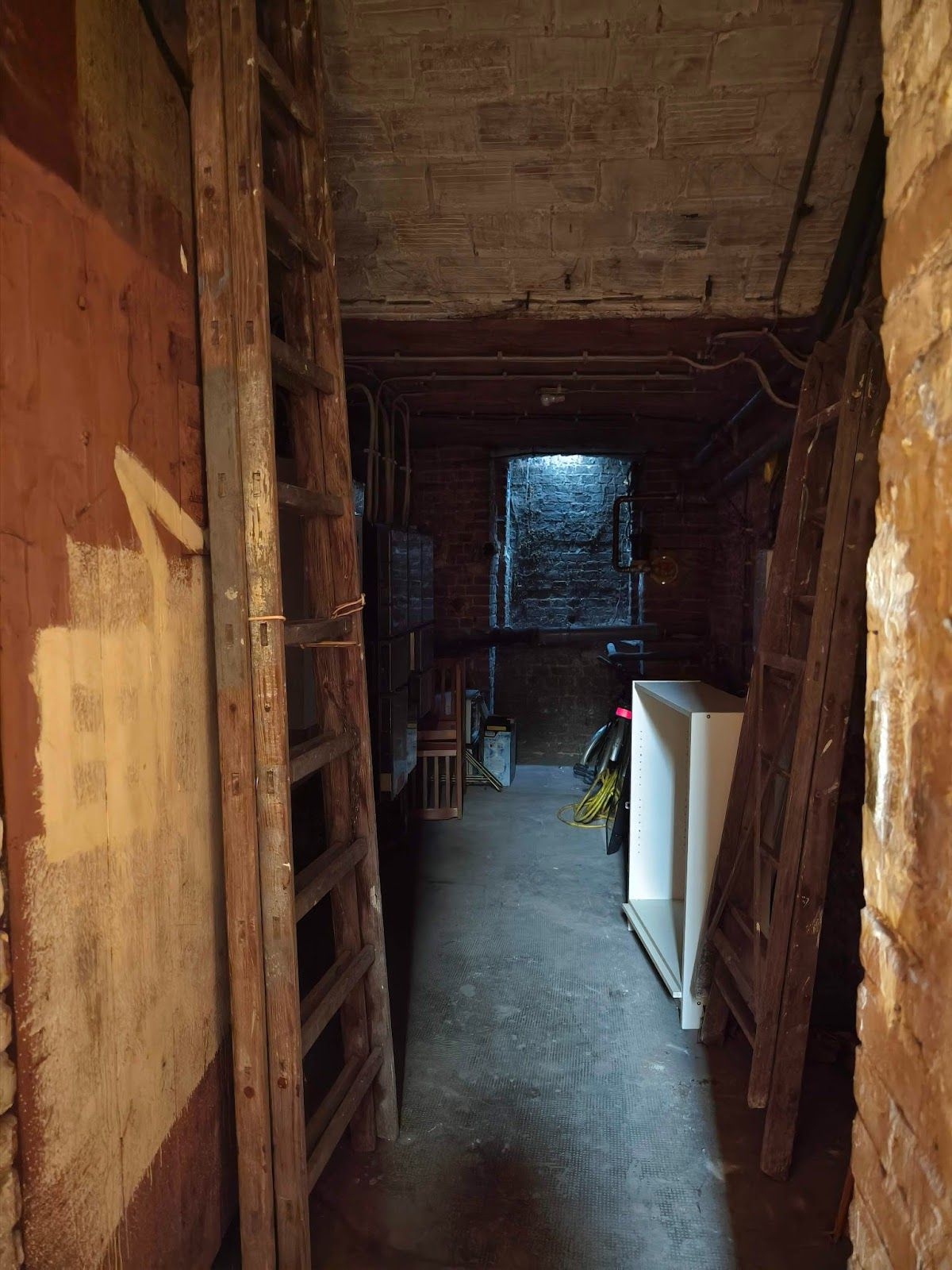

Handheld astrophotography is another intriguing feature enabled by the V2 chip, the incredible OIS, and the Sony IMX989 sensor. Rather than having to prop up your phone against an object or put it on a stand, you can simply activate astrophotography mode and shoot the night sky, resulting in a usable photo. As a city dweller, this was somewhat hard for me to test properly, thanks to light pollution, but the shots I took were promising and definitely not possible to recreate this quickly on other phones.
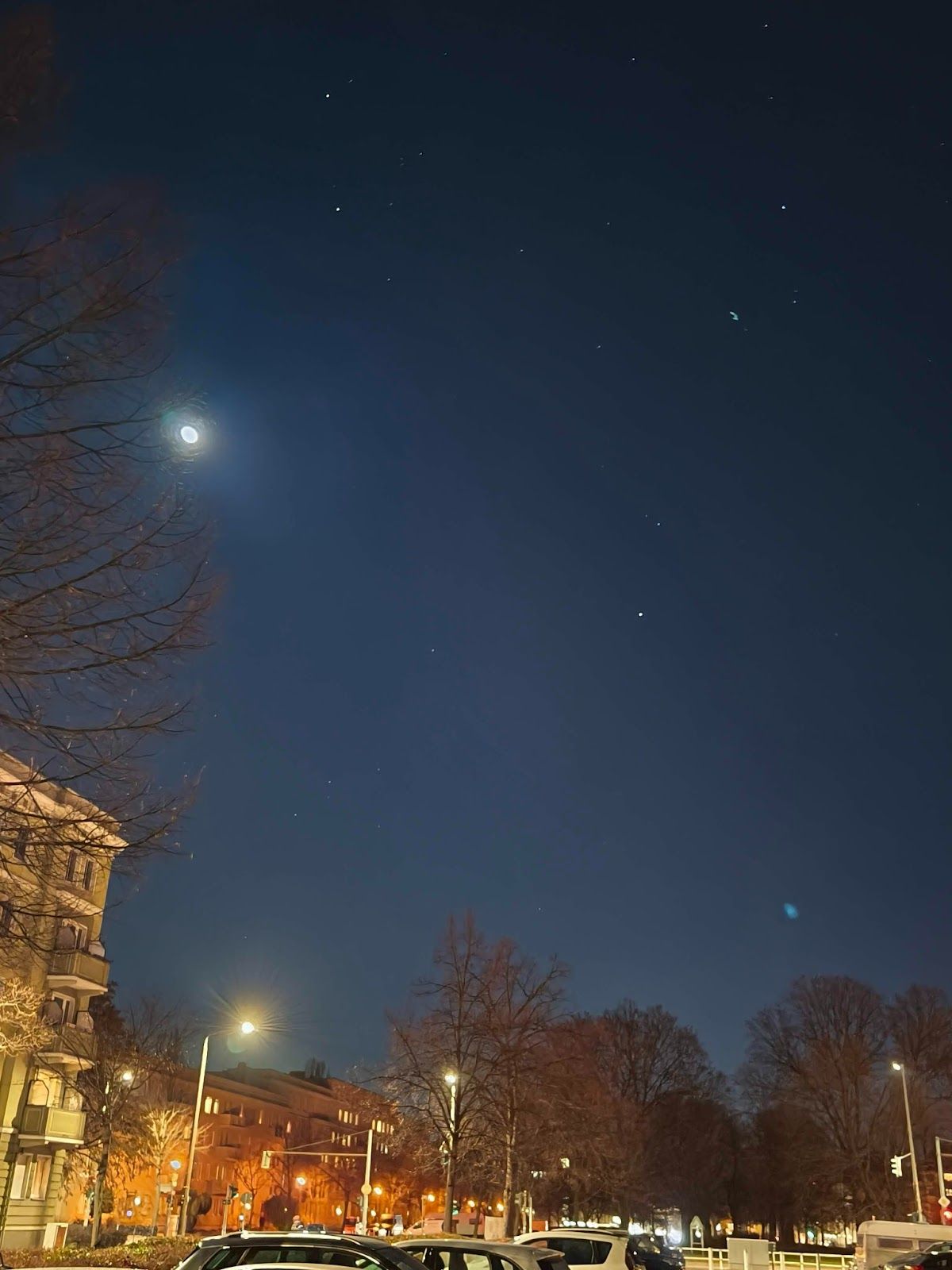

The city sky is incredibly bright and, thus a bad example of how good astrophotography can be
There are also a ton of extra modes that will keep you entertained for a long time. In portrait mode, you can switch between various Zeiss-provided bokeh effects that emulate different physical lens shapes. In regular Photo mode, you can shuffle through auto HDR and the optional Zeiss Natural Color option. The Natural Color option should give you more natural, realistic colors rather than Vivo's default vivid and bright color science.


Left: Vivo's standard color science; Right: Zeiss's color science
On top of these options, an excellent built-in Pro mode lets you manually tweak shutter speed, ISO, focus, white balance, and EV, as well as pick your preferred lens. You can also use a high-resolution mode, a long exposure mode for various shot opportunities, a tilt-shift lens imitation that gives you miniature-like photos, double exposure to use both the front and back camera in one picture, and more.
Considering this great experience, it's a bummer that the X90 Pro doesn't offer a proper zoom lens beyond the 2x portrait lens. The company tells me that in market research, people did not care about zoom as much, which I find hard to believe. Most of the time, I'm in a situation where I'd like to be closer to a subject or object I'm photographing, and a zoom lens like the 5x on the Pixel 7 Pro or the 10x one on the Samsung Galaxy S23 Ultra provides that versatility.

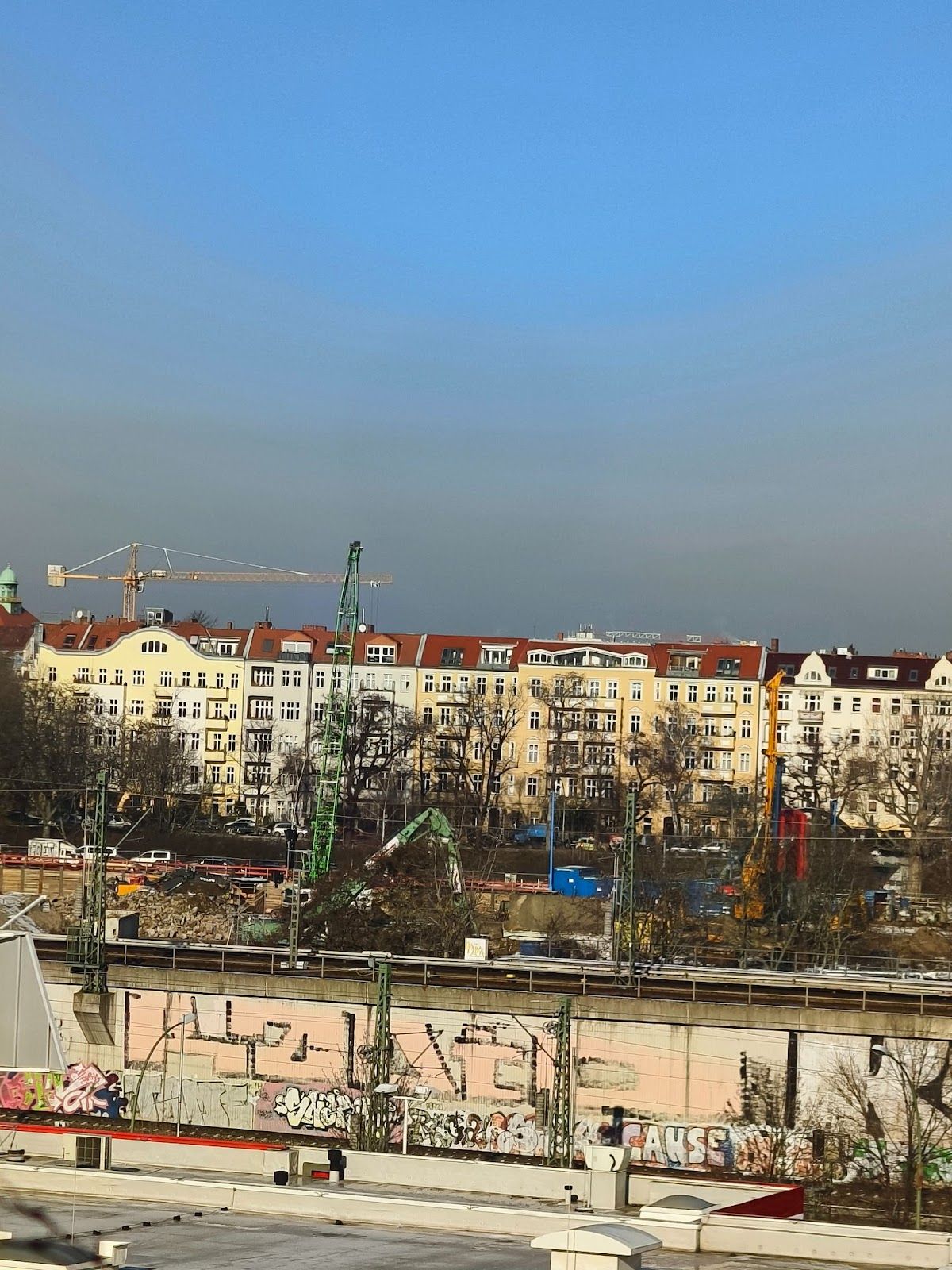
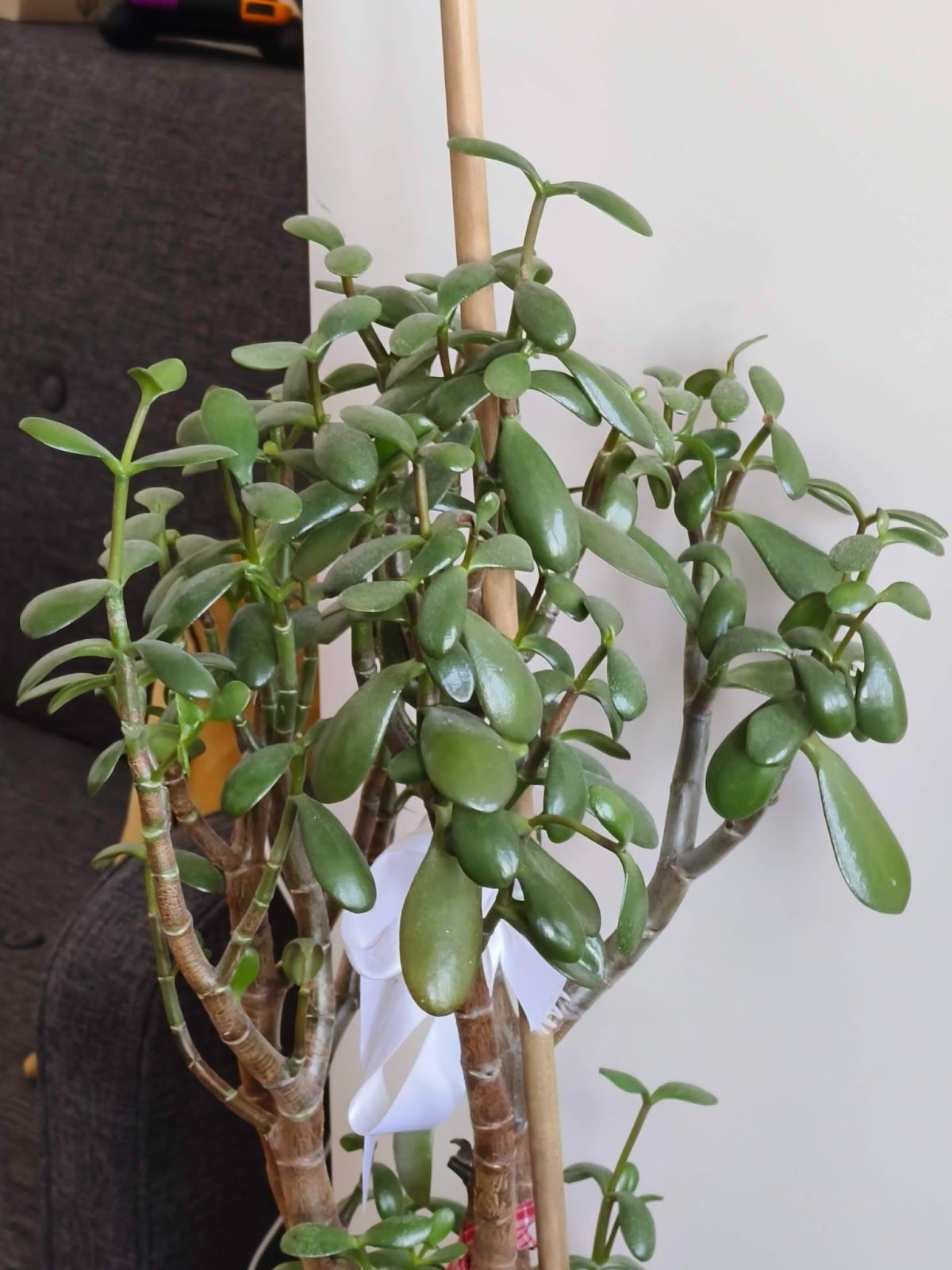
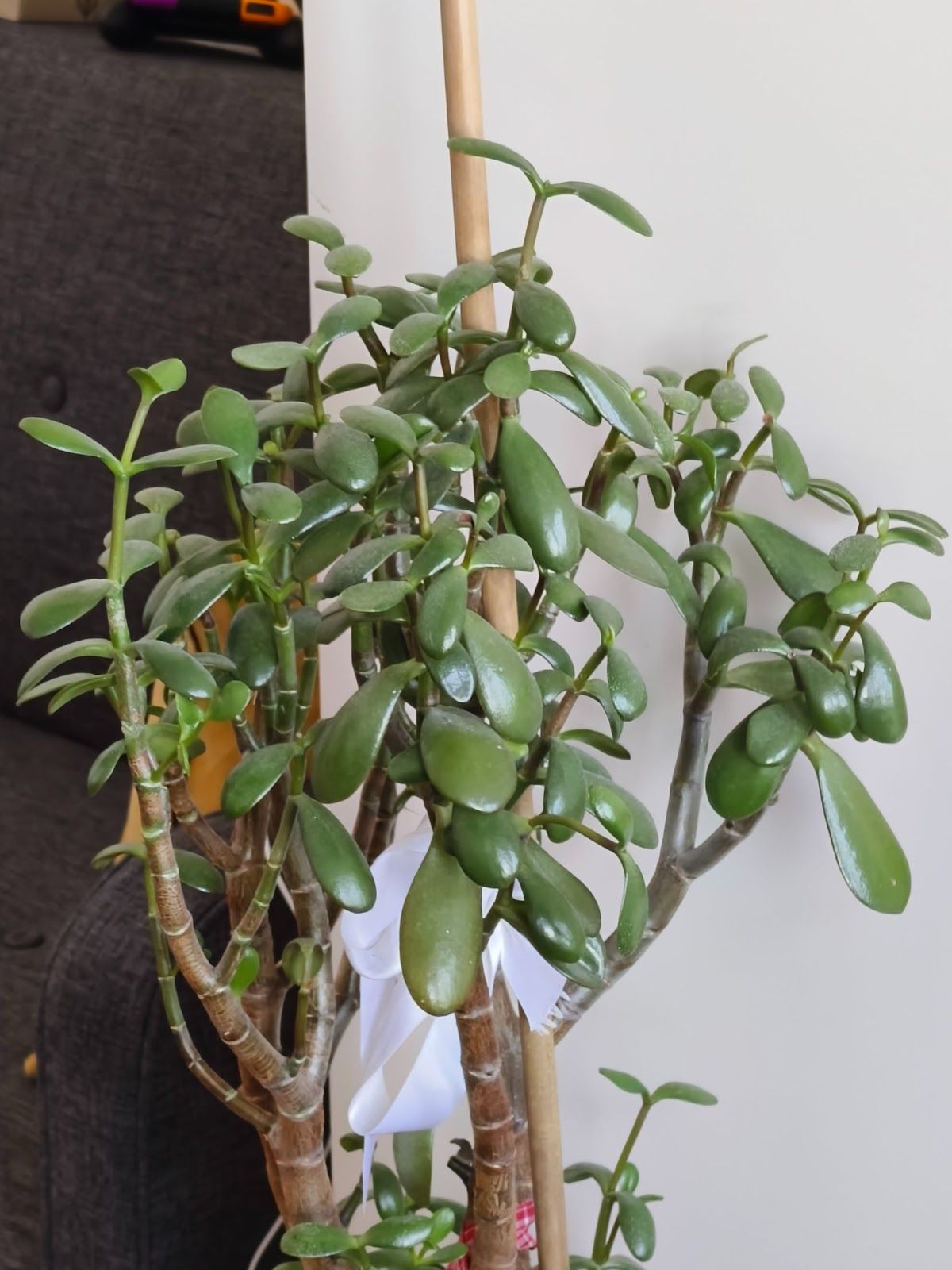
1st and 3rd: Vivo X80 Pro at 5x zoom; 2nd and 4th: Vivo X90 Pro at 5x zoom
This is particularly a bummer when you consider that the Vivo X90 Pro's predecessor, the Vivo X80 Pro, offered a much more capable 5x zoom lens. When putting pictures side-by-side, you're bound to see the lack of details in shorts from the Vivo X90 Pro immediately. If Vivo included a capable zoom lens with this phone, it would be my go-to camera for almost everything. This is even more infuriating when considering that the China-exclusive Vivo X90 Pro Plus offers a 3.5x periscope zoom camera.
For an in-depth look at the Vivo X90 Pro's camera capabilities, take a scroll through the gallery below (and yes, you can see the default watermark in the first image that you should not forget to turn off in the camera settings first thing):
Competition
If you're unwilling to import the Vivo X90 Pro (which we don't recommend), you're probably wondering what comes closest in the US. Unfortunately, the Sony IMX989 that wows me so much is sadly not available in any phones in the country right now, so if you're looking for that exact same hardware configuration, you're out of luck.
There are still comparable flagship phones that you might want to consider for great images instead. The first that comes to mind is the Google Pixel 7 Pro, with which I've already compared the Vivo X90 Pro. Thanks to Google's excellent post-processing algorithm and a versatile lens setup consisting of a capable primary lens paired with a good ultra-wide and a great 5x telephoto zoom camera, you should be able to just point and shoot in almost any circumstance. That said, the Pixel 7 Pro doesn't offer a Pro mode and, thus, doesn't have much control over images beyond a brightness and color temperature slider.
If you're looking for a camera system that is equally versatile but comes with more manual controls, the Samsung Galaxy S23 Ultra might be a good alternative. It comes with a quad-camera setup consisting of a 200MP primary, a 12MP ultra-wide, a 10MP 3x zoom lens, and a 10MP 10x zoom lens. This will give you a great camera for most circumstances, and because of Samsung's new Camera Assistant, you can tweak your images as you need them right as you shoot.
The Xiaomi 13 Pro comes closest to the Vivo X90 Pro in terms of camera (it has the IMX989 sensor), but it's another one of these great Android phones you can't get in the US.
Should you buy it?
You should buy the Vivo X90 Pro if you value a great camera over everything else (and if you don't live in the US, to avoid importing it). The Sony IMX989, Vivo, and Zeiss's post-processing do wonders, creating images with natural bokeh that almost appear to be taken with DSLR cameras. Of course, there are still physical constraints that are hard to overcome, but the images get as close as they can on any smartphone right now.
Unfortunately, the Vivo X90 Pro makes many of the same mistakes as its predecessors and other Oppo sub-brand products. The aggressive software kills background tasks way too fast unless you grant exemptions on a per-app basis, making me question why 12GB of RAM is even necessary in this phone. This doesn't even translate into a phenomenal battery life, which I found somewhat great. That said, the 120W charging speed is something you get used to way too quickly, allowing me to fully charge it during breakfast every morning.
If you want a nice-looking flagship with an incredible camera and charging at ludicrous speeds — and you're okay with all the software issues I described — the Vivo X90 Pro is a good choice.

